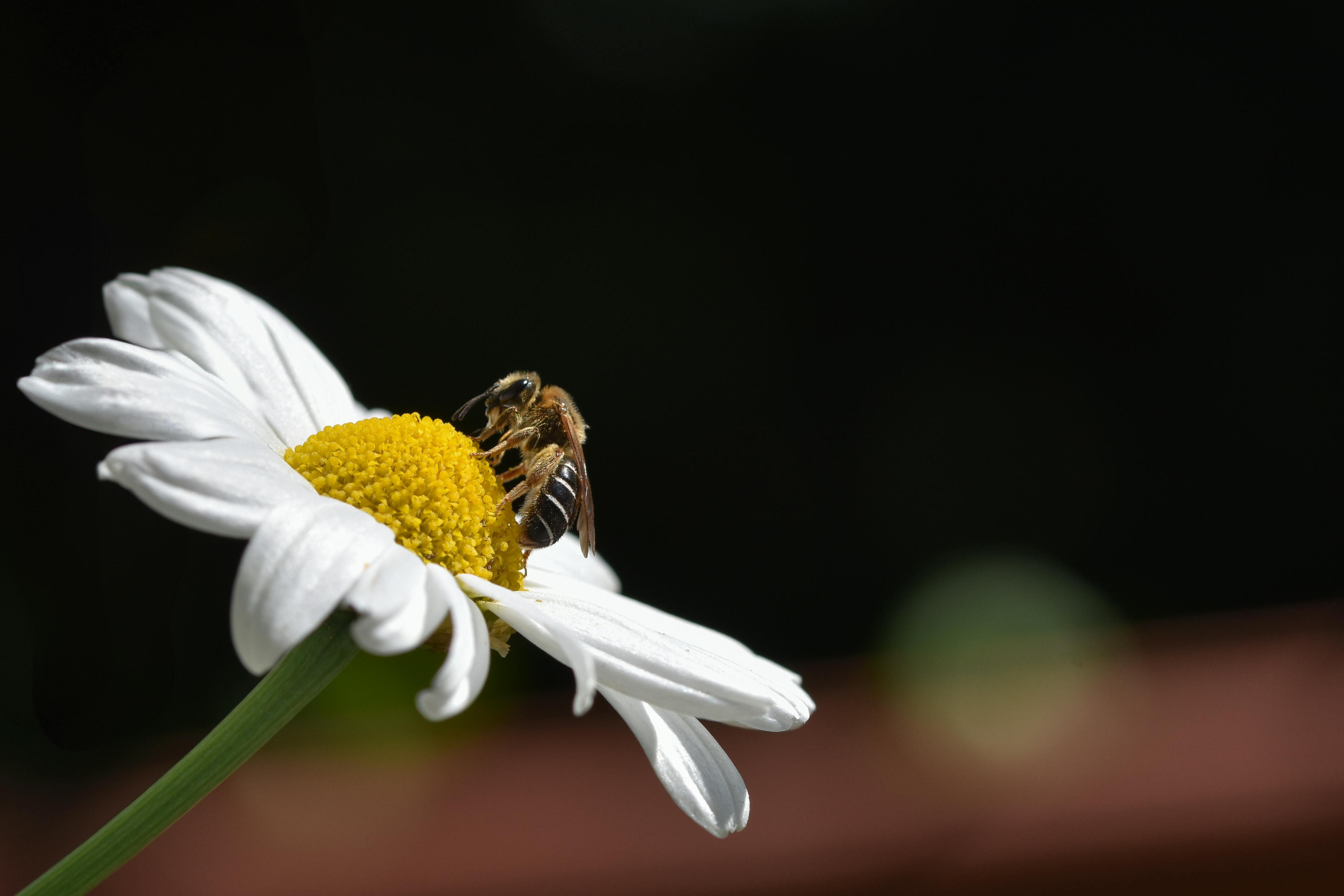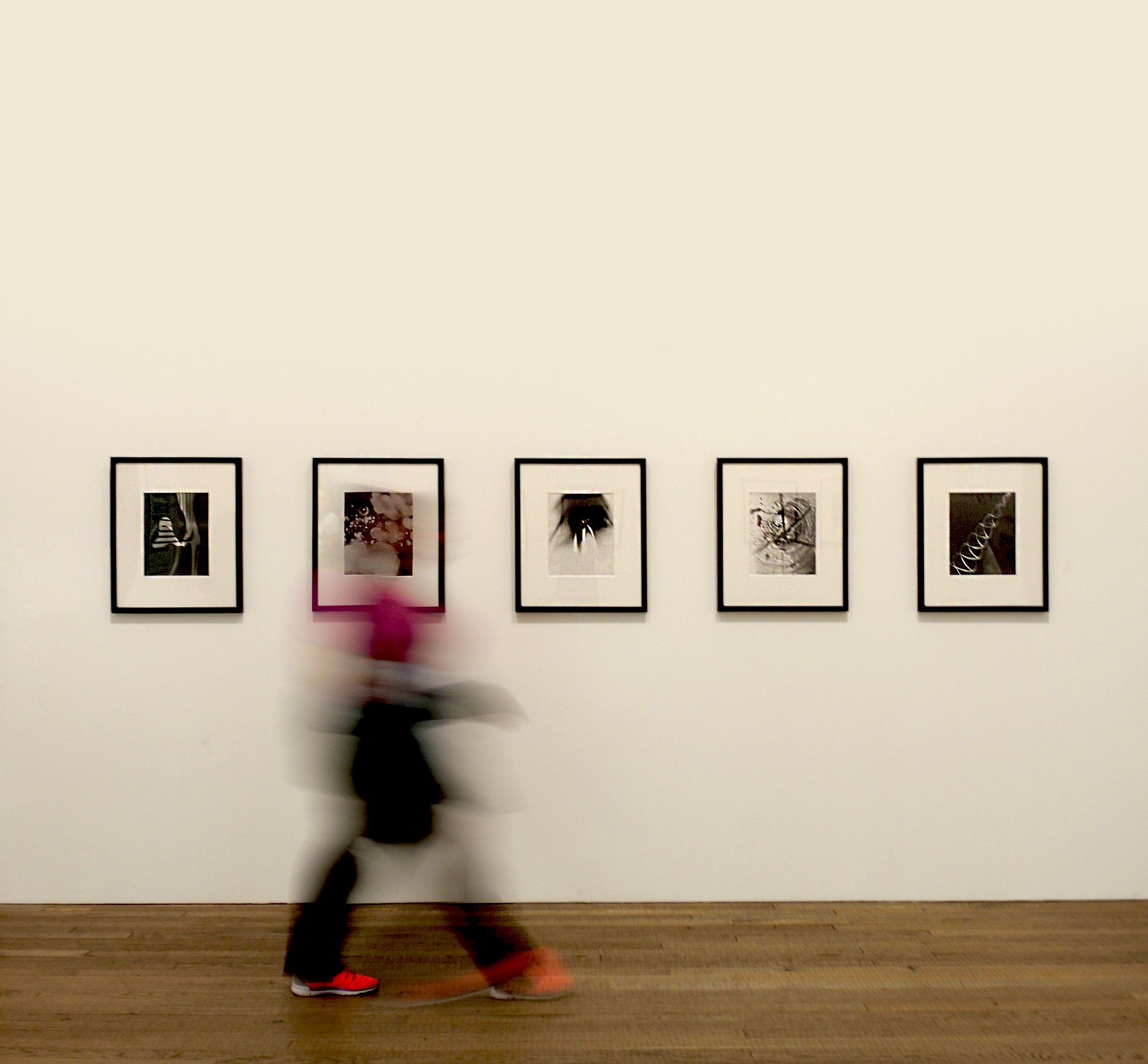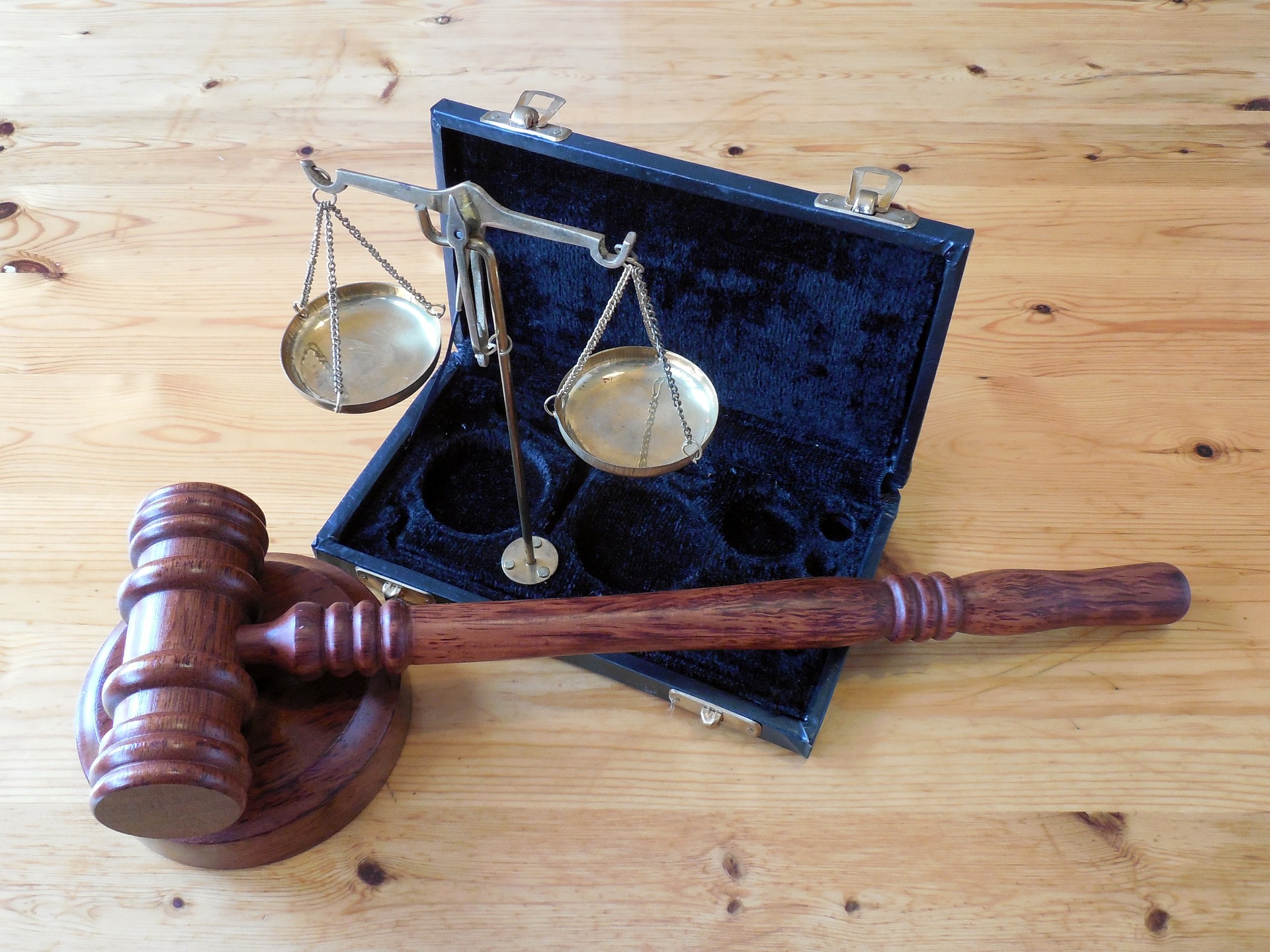The Fascinating Relationship Between Bees and Flowers: A Dance of Symbiosis
A natural spectacle unfolds every day in gardens, fields, and forests worldwide. It is a delicate dance between two unlikely partners: the industrious honeybee and the vibrant flower. This relationship, based on mutual benefit and survival, is a remarkable example of nature's intricate balance.

In this article, we delve into the fascinating interplay between bees and flowers, their historical co-evolution, and the importance of this symbiotic relationship in maintaining global biodiversity. We will also discuss the latest research findings and trends in the field of pollination ecology.
The Evolutionary Tango: A History of Co-Adaptation
The relationship between bees and flowers is a prime example of co-adaptation. Over millions of years, these two organisms have evolved together, each modifying its characteristics to better suit the other. Flowers developed bright colors, enticing fragrances, and nectar rewards to attract pollinators. In return, bees developed specialized body structures like hairy bodies and pollen baskets to collect and transport pollen efficiently.
This evolutionary dance has influenced not only the physical characteristics of bees and flowers but also their behaviors. Bees have learned to recognize and remember floral patterns, while flowers have adapted their blooming schedules to the activity patterns of bees.
Pollen Power: The Current State of Bee-Flower Interactions
In the current ecosystem, bees are the most efficient pollinators, and their role is vital. According to research, bees help pollinate 70% of the world’s flowering plants, which include most of the crops humans depend on for food. However, this critical relationship is under threat due to various environmental pressures.
Bees are facing numerous challenges, including habitat loss, climate change, and exposure to harmful pesticides. These factors have caused a significant decline in bee populations, threatening not only their survival but also the survival of the plants they pollinate.
Economic Impact and Market Trends
The bee-flower relationship has a significant economic impact as well. Bees’ pollination services are estimated to be worth $15 billion to the U.S. agricultural industry alone. Worldwide, that value is a staggering $100 billion. However, the decline in bee populations could cause a considerable dent in these figures, leading to substantial market implications.
Consequently, there is a growing trend in the market towards “bee-friendly” products and practices. Beekeeping has seen a surge in popularity, with an estimated price range for a beginner’s kit from $200 to $500. Additionally, there is an increasing demand for organic, pesticide-free produce, which is healthier for both bees and humans.
A Delicate Balance: Looking to the Future
The future of the relationship between bees and flowers, and indeed the future of our planet, hinges on our actions today. Researchers are exploring innovative solutions to protect and augment bee populations, from creating “bee highways” of pollinator-friendly plants to developing new, less harmful pesticides.
In the end, the dance of bees and flowers is a reminder of the interconnectedness of all life on earth. It teaches us that the survival of one species is often intricately linked with the survival of another. As such, it is our responsibility to ensure this delicate balance is maintained for future generations.
In conclusion, the relationship between bees and flowers is a beautiful and complex dance of nature. It is a testament to evolution and adaptation, a critical component of global food production, and a symbol of the delicate balance of life. As we move forward, it is crucial that we take steps to protect this vital relationship, for the benefit of bees, flowers, and ourselves.






